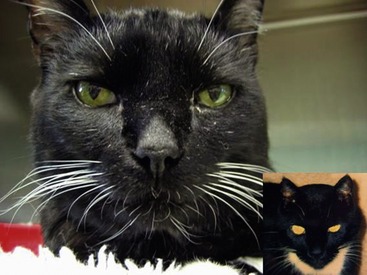treating acromegaly in cats
And the diabetes that does develop tends to be relatively unresponsive to treatment with normal doses of insulin. These effects can be divided into two major classes.

Feline Acromegaly Sarah S First Hand Experience With Her Cat Meows N Paws
Acromegaly is an endocrine disease consisting of growth hormone GH hypersecretion.

. It is not possible to surgically remove the tumour alone and surgery requires the removal of the entire pituitary gland. However this treatment does not bring about normalization of growth hormone concentrations as is the case with a hypophysectomy. This is the most common method for treating acromegaly in cats.
In one study for example cobalt radiotherapy was used in which six out of seven acromegalic cats showed permanent or temporary resolution of insulin resistance following therapy. JVIM 23 2 243-249 PubMed. Successful treatment of acromegaly in a diabetic cat with transsphenoidal hypophysectomy.
Somatostatin Agonists For Treatment of Acromegaly. Acromegaly is the term used in human medicine to describe a condition resulting from chronic excessive growth hormone GH secretion. Therefore it is still necessary to consider medical treatment in cats which mainly consists of the correct treatment of insulin-resistant diabetes.
The disease is typically caused by an abnormal growth or. Hypertrophic cardiomyopathy with marked left ventricular and septal hypertrophy early or dilated cardiomyopathy late hepatomegaly. Acromegaly in cats.
Radiation therapy controls tumor expansion while reducing the need for insulin. Acromegaly is a relatively rare hormonal condition. This is the first report detailing transsphenoidal hypophysectomy as a feasible and effective treatment for feline acromegaly due to a pituitary somatotroph adenoma.
Medical treatment using pituitary inhibitors. Removal of the tumour and pituitary gland or hypophysectomy. This is the most common method of treating acromegaly in cats.
Feline acromegaly is a disease characterized by excessive growth hormone secretion leading to a wide array of clinical signs caused by the hormones effects on multiple organ systems. J Feline Med Surg 12 1 15-23 PubMed. This treatment is not used.
ISSN 2398-2950 Acromegaly in cats. The term hypersomatotropism HST rather than acromegaly may be appropriate when describing the condition resulting from chronic excessive GH secretion in. Acromegaly is a relatively rare cause of diabetes.
However this treatment doesnt achieve normalization of growth hormone concentrations as is the case with hypophysectomy. There are three basic methods of treating Acromegaly itself. Somatostatin is a hormone released by the hypothalamus that inhibits the.
Acromegaly Treatment Options. Cats who have acromegaly and diabetes generally require a very high dose of insulin. For cat parents seeking more advanced treatment Dr.
Acromegaly is a relatively rare condition caused by excessive hormone production in the brain or in mammary gland breast tissue. Hypophysectomy While Hypophysectomy is commonly used to treat Acromegaly in humans it requires a highly specialised veterinarian surgeon and team and this treatment has only been performed by a. What is the treatment for acromegaly in cats.
There is no successful way to permanently treat acromegaly in cats and manage the clinical signs to provide your cat with a good quality of life. The catabolic actions of growth hormone include insulin antagonism and lipolysis. The origin of this alteration in cats is the presence of a tumor in the pituitary.
Acromegaly Treatment and Drugs For Humans. To be clear cats with diabetes are not developing acromegaly. It is a rare disease but unfortunately it can be quite serious.
It is more common in certain breeds than others but this disease is generally quite uncommon. Niessen S J 2010 Feline acromegaly an essential differential diagnosis for the difficult diabetic. Radiotherapy controls the extension of the tumor while reducing the need for insulin.
What is the prognosis. In another case the surgical removal of the pituary tumor by freezing cryohypophysectomy also showed success. Gross necropsy findings in acromegalic cats may include.
While this may help control the clinical signs of diabetes raising the insulin dose has no effect on growth hormone secretion. Pasireotide LAR Shows Superior Efficacy for the Treatment of Acromegaly. It is more common in cats than dogs.
A large expansile pituitary mass. If that is the case there are nonetheless many things that you can do to treat the effects of Acromegaly see the next section that will truly help your cat. Treat Felis Acromegaly in cats.
Rucinsky explains that veterinarians will refer them and. Affected cats can develop gradual changes in their appearance but because the disease develops over a long period of time owners may not notice any problems. Acromegaly due to excessive hormone production in the brain is more.
The most conservative and most common treatment for cats with acromegaly is simply to increase the dosage of insulin in an attempt to bring the diabetes under control. Acromegaly is usually diagnosed in an ass-backwards manner. The prognosis will depend on the possibility of stabilizing diabetes since most cats with feline acromegaly die from heart or kidney failure or complications from diabetes.
Acromegaly is a rare but very dangerous condition that affects cats of all ages breeds and genders. Monday May 2 2016. For most cats the recommended treatment is radiation therapy.
The prognosis for feline acromegaly varies and can be very difficult to predict for an individual cat. Radiation therapy either traditional treatment or Stereotactic Radiation Therapy SRT. Acromegaly Pathogenesis and Treatment a very informative article about Acro in humans Feline Acromegaly.
It can be caused by excessive hormone production in the brain or in mammary gland breast tissue. The most common treatment. Acromegaly can be treated with analogues of somatostatin.
Dunning M D Lowrie C S Bexfield N H et al 2009 Exogenous insulin treatment after hypofractionated radiotherapy in cats with diabetes mellitus and acromegaly. Acromegaly in Cats Treatment.

A Male European Shorthair Cat At A 11 Years Of Age And At B 14 Download Scientific Diagram

Acromegaly In Dogs And Cats Sciencedirect

Acromegaly In Cats The Veterinary Nurse

Acromegaly In Cats The Veterinary Nurse

A Male European Shorthair Cat At A 11 Years Of Age And At B 14 Download Scientific Diagram

Acromegaly In Cats The Veterinary Nurse
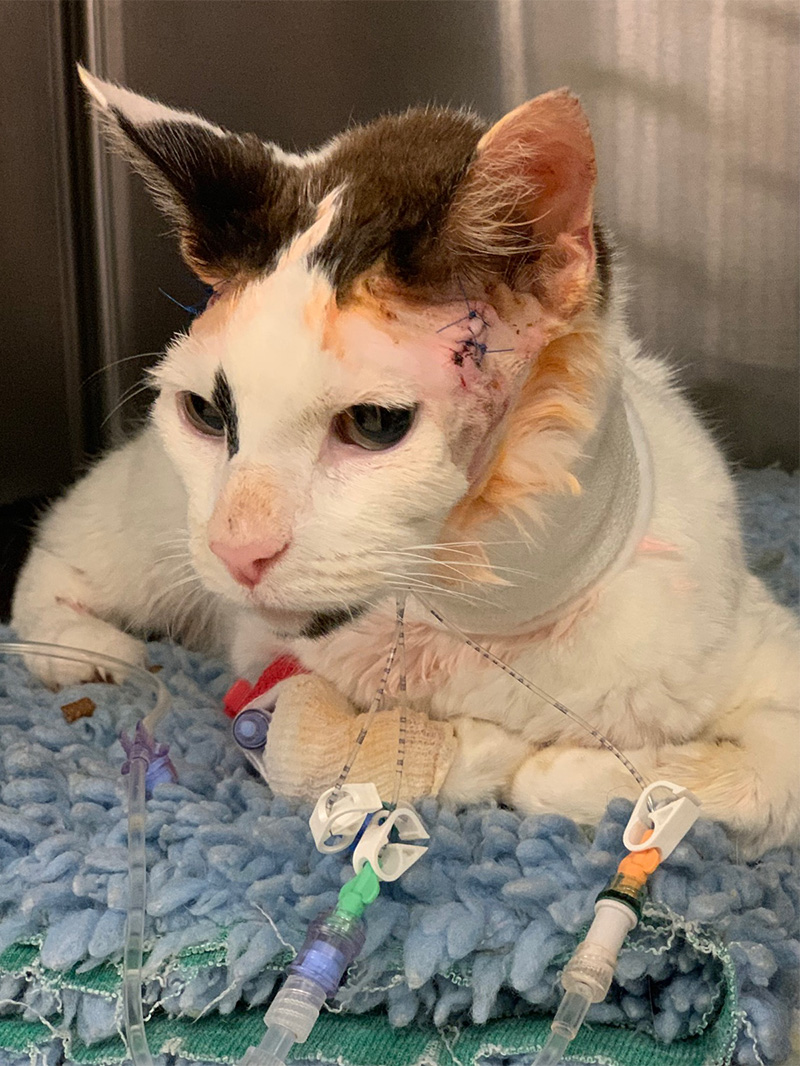
Pioneering Hypophysectomy Treatment Reaches 100 Case Milestone
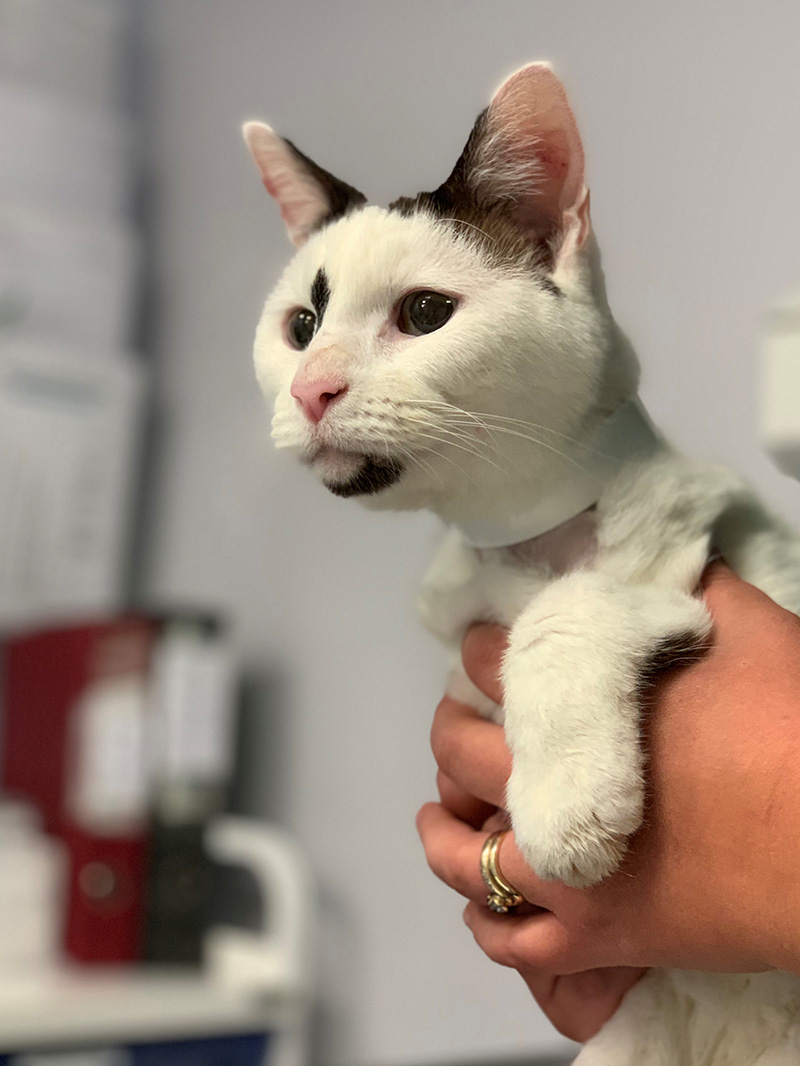
Pioneering Hypophysectomy Treatment Reaches 100 Case Milestone
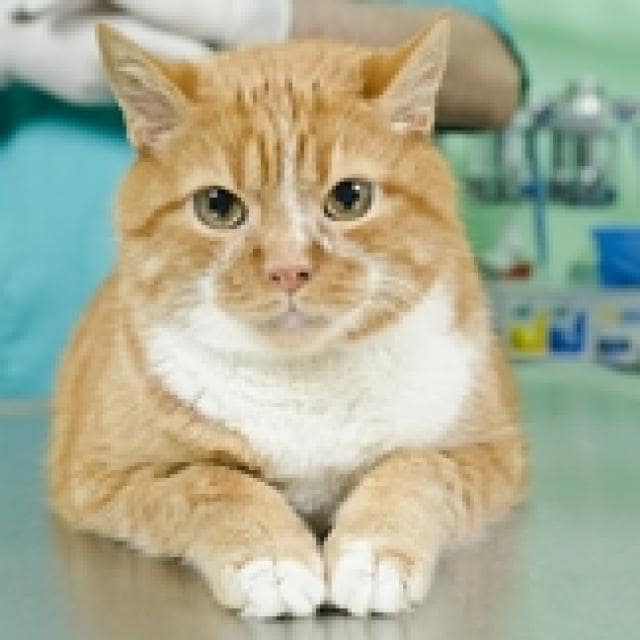
Acromegaly In Cats Rare But Probably Underdiagnosed Petmd
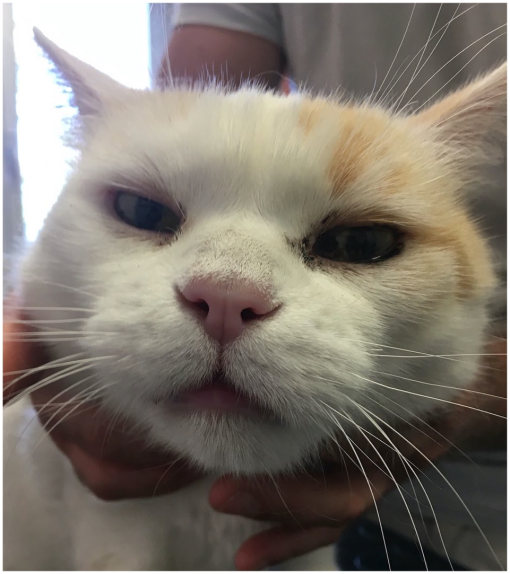
Sciatic Neuropathy In An Acromegalic Cat Without Concurrent Diabetes Mellitus

Acromegaly In A Non Diabetic Cat

Feline Acromegaly An Uncommon Disease Vetcall Q Superstore Qld

Insulin Dependent Diabetic Cat Study

Feline Acromegaly Semantic Scholar

Diagnosis Feline Acromegaly Tufts Catnip

Pharmacological Treatment With Cabergoline In Three Cats With Acromegaly

